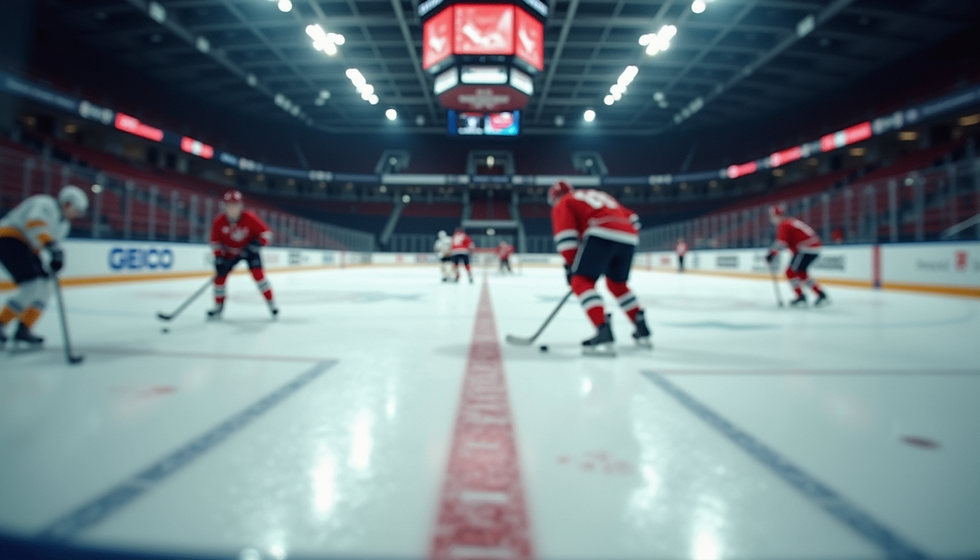Why Small-Area Games Trump Traditional Hockey Drills
- Andrew Coyne
- May 6
- 2 min read

Forget the endless cone drills—small-area games (SAGs) are transforming hockey practices, boosting player engagement and accelerating skill growth. Here's what data tells us about why shrinking the rink gives your players a big advantage.
1. Significantly More Puck Touches
USA Hockey research shows even elite NHL pros average about one minute of puck control per 60-minute game. In contrast, structured small-area games can provide players upwards of 30 minutes of puck-on-stick time per session.
This season, coaches tracking our 14U Cobras found players averaged 42 puck touches each during a single 12-minute 3-on-3 cross-ice session—almost four times the puck-touches compared to traditional full-ice drills.
2. Five Times More Shots and Passes
A recent skill-development review from Fortis Academy indicates players participating in small-area games attempt up to five times more shots and execute dramatically more passes. Increased repetitions mean quicker hands, better shooting accuracy, and sharper on-ice vision.
3. Enhanced Game-Speed Decision Making
In tight spaces, every inch of ice is contested, forcing athletes to constantly read situations, make split-second decisions, and execute plays under pressure. Ice Hockey Systems emphasizes this ongoing problem-solving challenge as one of SAG's greatest benefits—no one can coast through predictable patterns.
4. Built-In Conditioning (No Extra Skating Laps Needed)
Sport science data published on PubMed reveals players in small-area hockey games maintain heart rates around 85-90% of their maximum, closely matching real-game shift intensity. This means you're simultaneously developing critical hockey skills and cardiovascular fitness—perfect for limited practice slots.
5. Safe, Progressive Contact and Competitiveness
For younger players, SAGs introduce "natural contact" in controlled environments, gradually building their confidence and readiness for full-contact play. According to USA Hockey’s American Development Model (ADM), this stepwise approach to body contact is crucial for early development.
6. Fits Any Ice Sheet, Including Our ⅔-Size Rink
Small-area grids perfectly leverage our smaller ice surface at Cutting Edge. The proximity of the boards allows us to efficiently run multiple distinct games simultaneously, keeping every player active and engaged rather than waiting for their turn.
7. Coaching Flexibility and Creativity
Small-area games provide unmatched versatility. Want your players to work on quick transitions? Implement a two-pass rule. Need more grit in front of the net? Only count rebound goals. Simple tweaks transform the same small-area setup into countless skill-building opportunities without needing extensive planning or full-ice diagrams.
8. Fun That Keeps Kids Coming Back
When practice resembles actual gameplay, attendance and enthusiasm skyrocket. Players leave the ice exhausted yet smiling, promoting long-term retention and building a positive team culture.
Small-area games aren't just trendy—they're backed by hard data and real-world results. By adopting SAGs, coaches give players more puck touches, better conditioning, and enhanced hockey sense. Ultimately, this practice method leads to more skilled, confident, and enthusiastic hockey players.







Comments